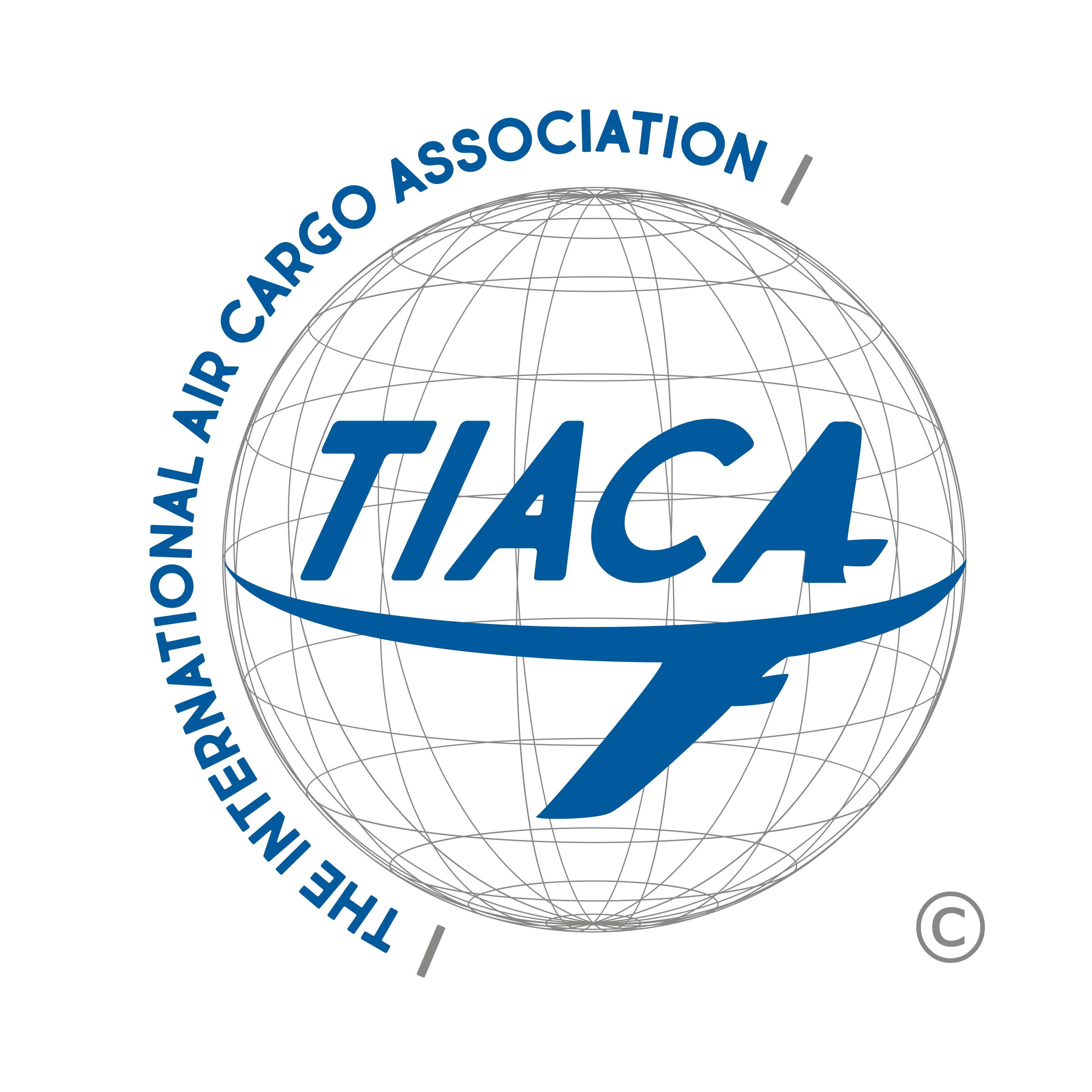Looking Back - The Forwarders View
Article Submitted by Neutral Air Partner – TIACA Trustee and Board Member
Written by: Christos Spyrou, Neutral Air Partner
Air cargo has been playing a vital role in contributing to the operating financial targets of flights in the air, and the need to start preparing for the post COVID-19 period is imperative. Air Cargo counts over 30-40 % of total revenue for some airlines, and hopefully we will see airlines paying more attention on air cargo as a product the years to come.
SME Forwarders and consolidators represent over 45 % of the global airfreight volumes, and during the recent months have increased their share, as they are the winners versus the global logistics providers. The traditional airfreight forwarder has been transformed to an efficient space broker, capable to find uplift solutions via different airports and procure space in combination with several carriers. Global forwarders are not efficient enough to operate out of their SOPs while airlines are canceling BSAs and not offering steady schedules. They are not flexible enough to make fast operational and last-minute financial decisions and offer similar uplift solutions to their clients as the SMEs can.
Demand will be high while, air cargo capacity will remain low at least for the next year, resulting to unstable and high rates, and to ad-hoc only capacity and pricing procurement models, while many carriers will cancel traditional BSA and CPA contracts.
The air cargo market will remain very fragmented due to the presence of shippers, forwarders, consolidators, brokers, GSAs, and airlines, which makes it very difficult for the supply chain to adopt during crisis or big market changes. We will witness an increased focus on freight consolidation to reduce the cost of air freight, resulting in market concentration for forwarders and consolidators, followed by faster marker technology adoption aiming to reduce operating costs.

